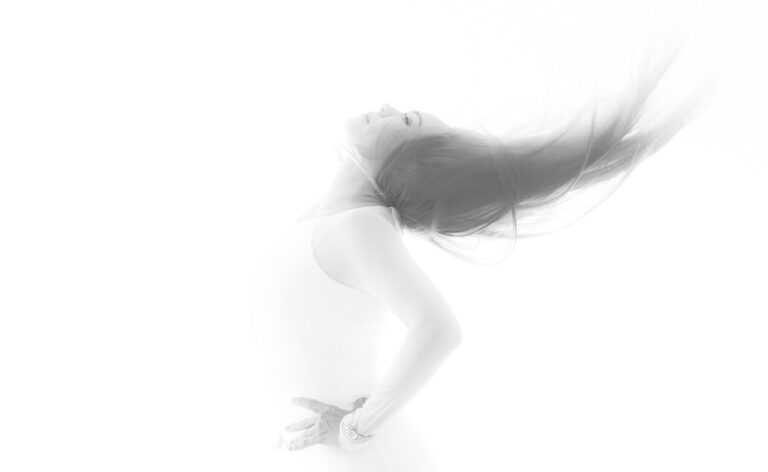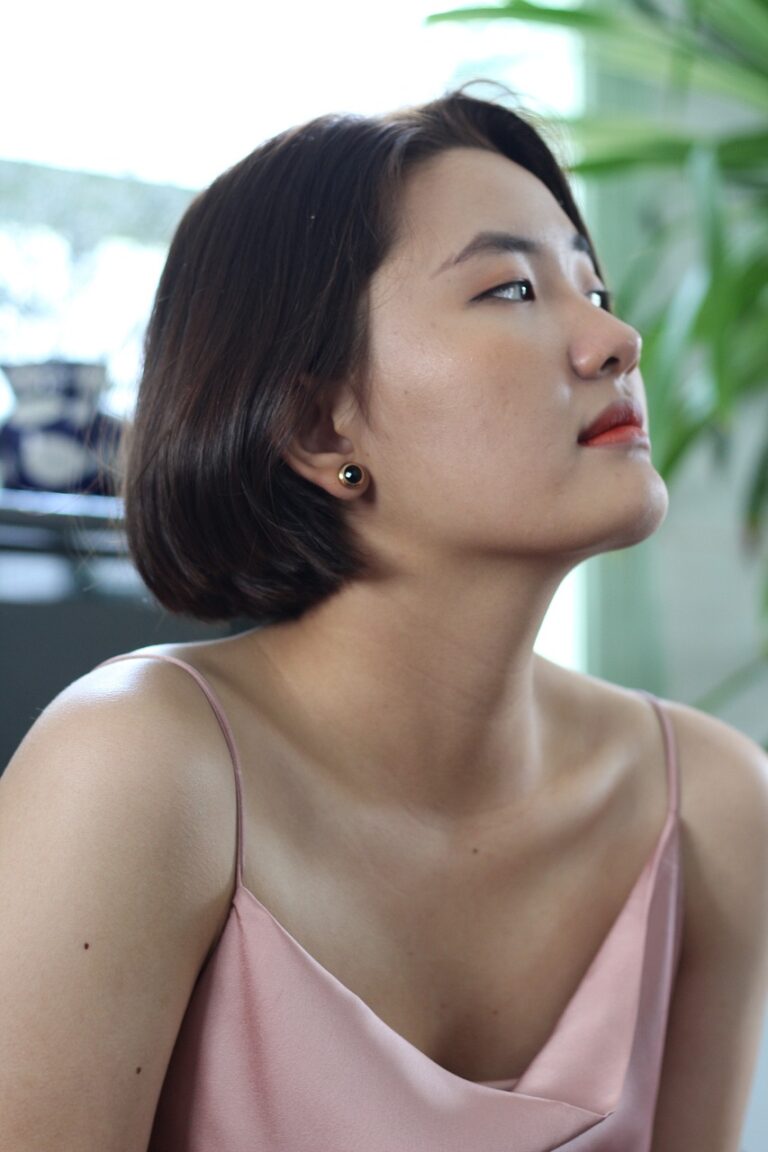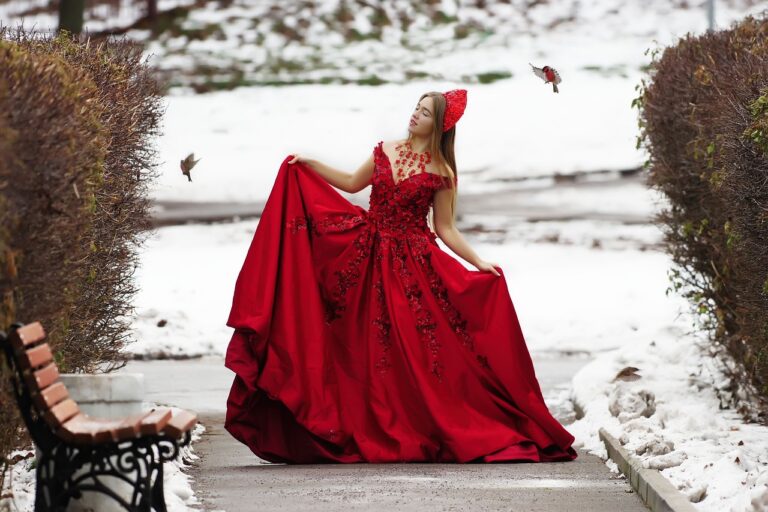Fashion and Feminism: Empowerment Through Clothing Choices
Clothing choices hold power beyond mere aesthetics. The way we dress can convey a message of confidence and self-assurance, allowing individuals to express their unique identities and command respect in various social settings. Choosing to wear clothing that makes one feel empowered can create a positive self-perception and bolster one’s sense of worth and agency. By selecting outfits that align with their personal style and values, individuals can exude a strong sense of self-assurance and make a statement without uttering a single word.
Moreover, clothing choices can serve as a form of armor, providing individuals with the strength and resilience to navigate the challenges of everyday life. In times when one may feel vulnerable or uncertain, slipping into a favorite outfit can act as a shield, offering a sense of protection and empowerment. This physical manifestation of confidence can influence one’s mindset, instilling a sense of empowerment that transcends beyond the boundaries of fashion.
The Link Between Fashion and Feminism
Fashion has long been intertwined with feminist movements, serving as a powerful vehicle for individuals to express their beliefs and assert their agency. From the suffragettes who strategically utilized white clothing to signal their cause for women’s voting rights, to modern-day activists using slogans and symbols on apparel to advocate for gender equality, clothing choices have been instrumental in highlighting and advancing feminist ideologies. By consciously selecting what to wear, individuals can challenge societal norms, disrupt gender stereotypes, and make a bold statement about their beliefs and values.
Furthermore, fashion allows individuals to reclaim their own bodies and identities, challenging traditional beauty standards and promoting self-expression. In a world where women’s appearances are often scrutinized and policed, the act of choosing how to dress can be a form of resistance against oppressive societal expectations. Through fashion, feminists can celebrate diversity, promote inclusivity, and embrace the idea that everyone has the autonomy to define themselves on their own terms.
• Fashion has been a powerful tool for feminist movements throughout history
• Clothing choices can challenge societal norms and disrupt gender stereotypes
• Fashion allows individuals to reclaim their bodies and identities
• Choosing how to dress can be a form of resistance against oppressive beauty standards
• Through fashion, feminists can promote inclusivity and celebrate diversity
Historical Perspective on Clothing as a Tool for Empowerment
Throughout history, clothing has been a powerful tool for individuals to express themselves and assert their identities. In ancient societies, specific garments were often reserved for certain social classes or roles, reinforcing hierarchies and distinctions within communities. However, individuals also used clothing to challenge these norms, seeking to redefine their place in society through their sartorial choices.
In the 19th and 20th centuries, clothing became even more intertwined with social movements and activism. Suffragettes in the early 1900s used their attire to symbolize their fight for women’s rights, adopting colors and styles that represented their cause. Similarly, civil rights activists in the mid-20th century utilized clothing to signal their solidarity and challenge oppressive systems. These historical examples demonstrate the power of clothing as a means of empowerment, allowing individuals to visually communicate their beliefs and assert their agency in the face of societal norms.
How can clothing choices empower individuals?
Clothing choices can empower individuals by allowing them to express their identity, culture, and beliefs. It can also boost confidence and self-esteem.
What is the connection between fashion and feminism?
Fashion has played a significant role in the feminist movement, providing women with a platform to challenge societal norms and express their autonomy through their clothing choices.
How has clothing been used as a tool for empowerment throughout history?
Throughout history, clothing has been used as a tool for empowerment by marginalized communities to assert their identity, resist oppression, and advocate for social change.
Can clothing really make a difference in empowering individuals?
Yes, clothing can make a significant difference in empowering individuals by giving them a sense of agency and control over how they present themselves to the world. It can also serve as a form of activism and self-expression.







